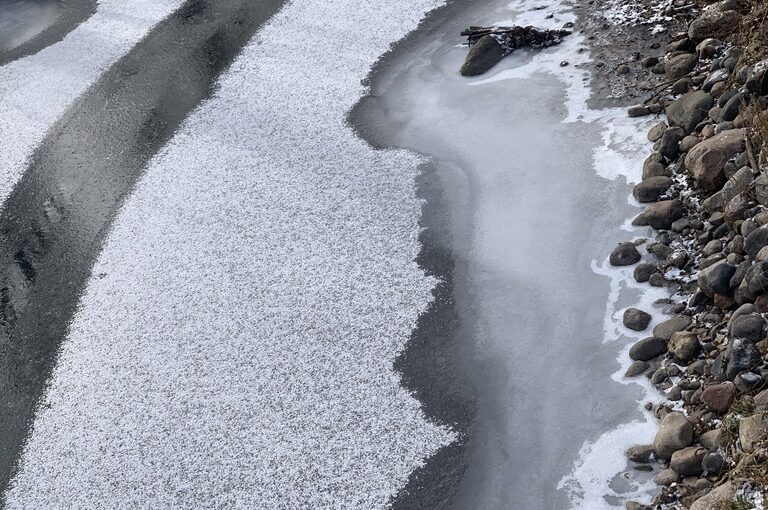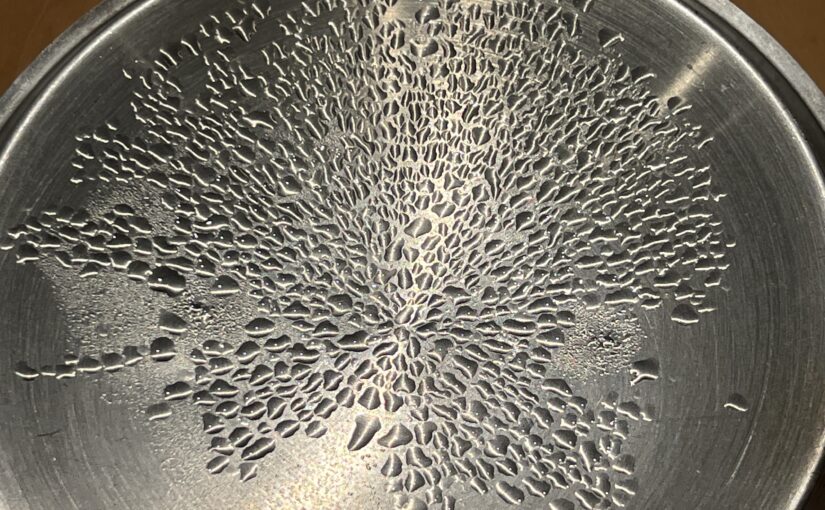Saturday, 18 February 2023
The winter here has been weird – a couple of sub-zero weeks, a couple of warmish (32ish) weeks, repeat. I run several days a week, mostly along Minihaha Creek, which winds through south Minneapolis. With the variations in temperature there is a lot of thawing and refreezing, and that, combined with changing water levels in the creek, results in marvelous ice crystals. Mostly they are two dimension intergrowths of needle-like crystals, almost fabric-like in their structure.
Continue reading Ice Crystals on Minihaha CreekViews: 6



